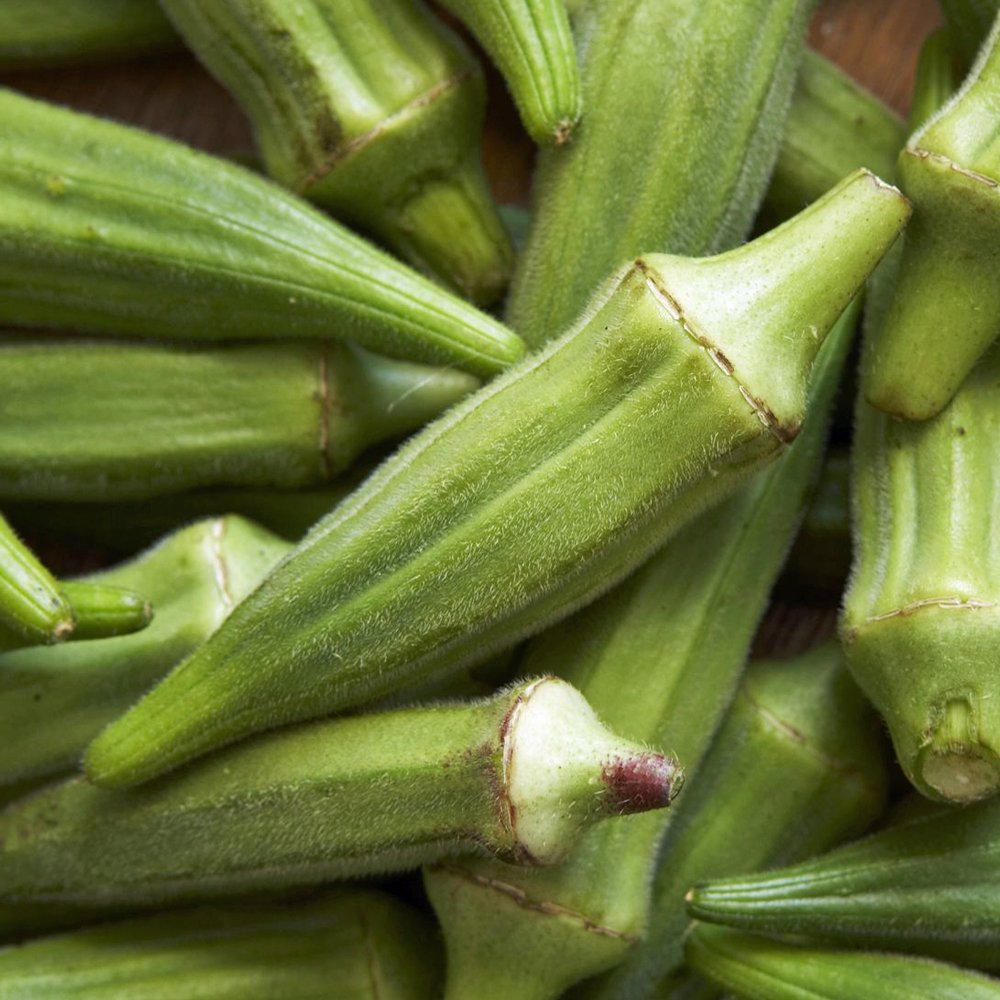Out of stock
Clemson Spineless Okra
If you are interested in growing okra, there are a few things you should keep in mind to ensure that your plants thrive. First, it is important to choose a sunny location with well-drained soil. Okra plants require at least 6 hours of direct sunlight per day and prefer soil that is slightly acidic with a pH between 6.0 and 6.8.
When planting okra, you should space the seeds or seedlings about 18 inches apart to allow for good air circulation and to prevent overcrowding. It is also important to keep the soil consistently moist but not waterlogged, as too much water can lead to root rot.
Okra plants are relatively low-maintenance, but it is a good idea to fertilize them regularly with a balanced fertilizer to promote healthy growth and fruit production. You may also need to provide some support for your plants, as they can grow quite tall and may need to be staked or trellised to prevent them from falling over.
With proper care, your okra plants should produce a bountiful harvest of delicious, nutritious pods that you can enjoy in a variety of dishes.
Good Neighbors:
Bad Neighbors:
price / options
$3.25 $2.60
Out of stock

